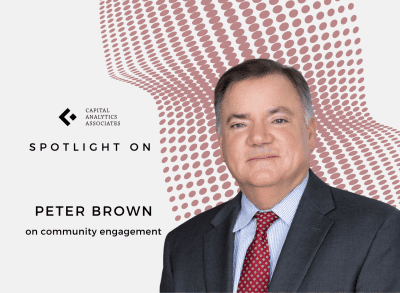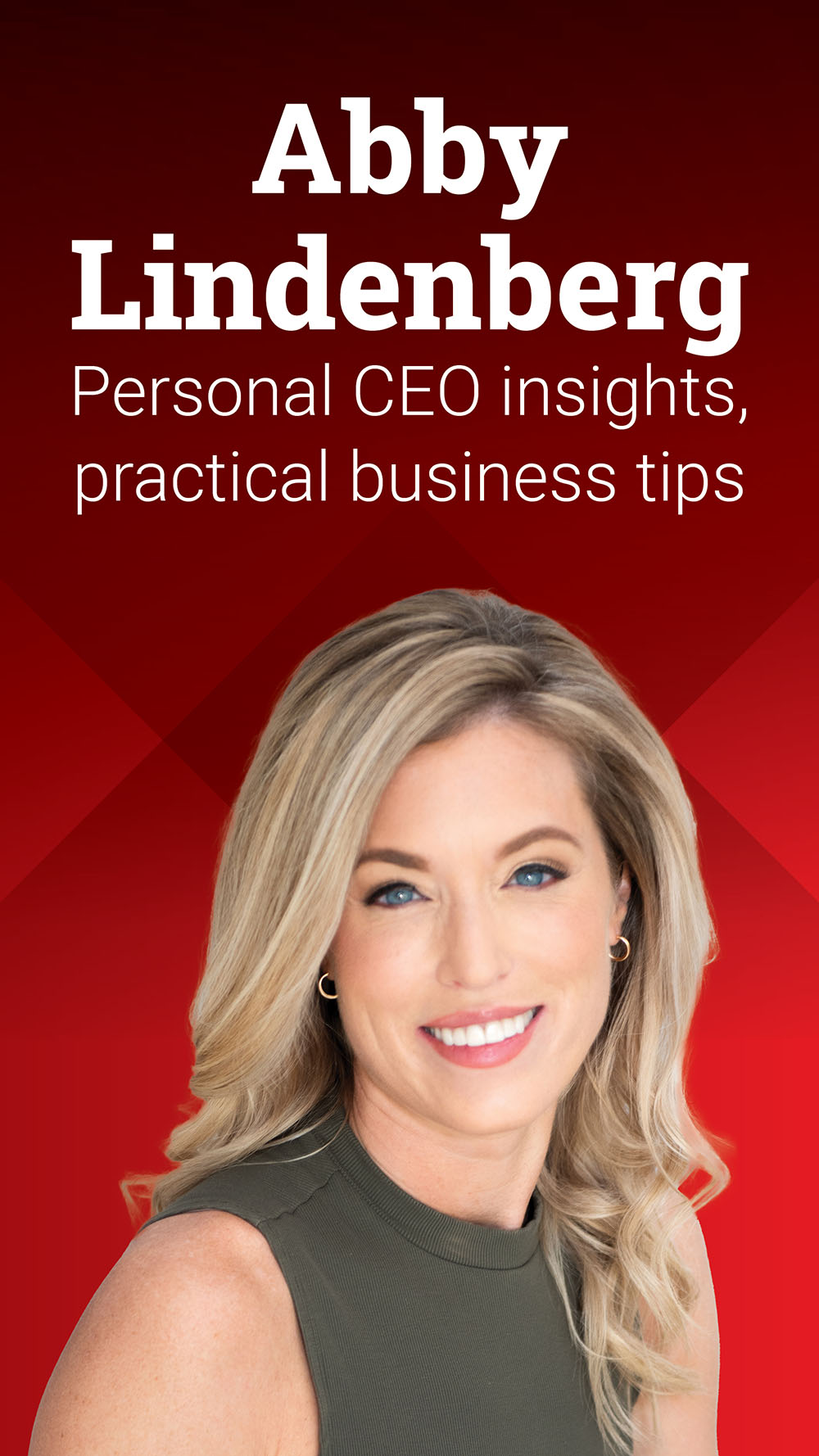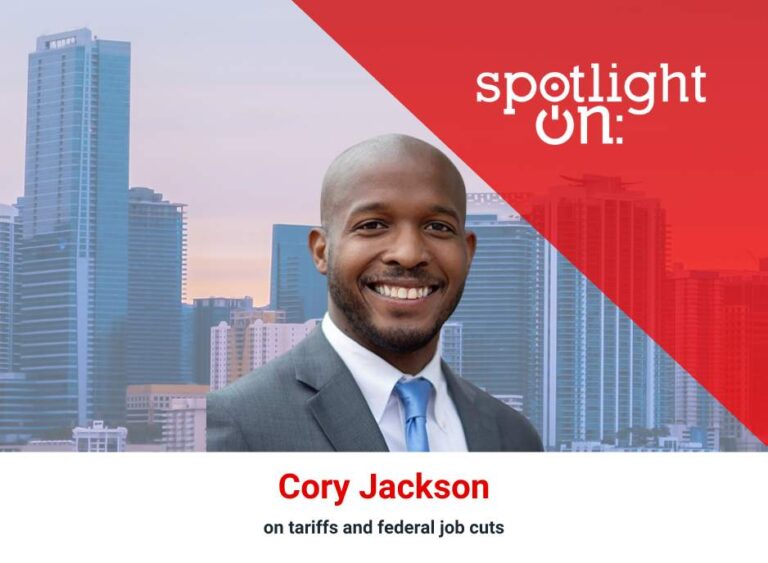Spotlight On: Peter Brown, President & CEO, Dedham Institution for Savings
 November 2023 — In an interview with Invest:, Peter Brown, president and CEO of Dedham Savings, discussed the bank’s exceptional journey and its commitment to mutual governance. He highlighted the importance of its mobile banking app and how the bank’s community engagement sets it apart.
November 2023 — In an interview with Invest:, Peter Brown, president and CEO of Dedham Savings, discussed the bank’s exceptional journey and its commitment to mutual governance. He highlighted the importance of its mobile banking app and how the bank’s community engagement sets it apart.
What have been some key milestones for Dedham Savings over the past year?
To set the stage, it’s important to highlight our bank’s personality and reputation. Founded in 1831, Dedham Savings boasts a remarkable 192-year legacy, making it one of the oldest banks in the nation operating under its original charter. Our enduring strength, surviving industry shifts through mergers and acquisitions, is rooted in our commitment to mutual governance. Under my watch and the current board’s guidance, we remain steadfastly committed to our mutual status, seeing it as the most effective way to serve our communities and markets. The past year has been characterized by strategic decisions, a commitment to growth and an upcoming merger igniting discussions far and wide.
What factors led to the bank’s decision to merge with South Shore Bank?
While focusing on the bottom line, we understand that growth is tied to accumulating capital through earnings, a perspective distinct to mutual banks. This led us to a significant decision in the past year – a merger with South Shore Bank. I believe this trend of mergers extends beyond just publicly traded banks, impacting mutual banks as well. Size indeed matters and the urgency of this decision was underscored by recent financial turmoil. The speed at which money moved prompted us to recognize that technology is key to survival. This realization fueled our affiliation with South Shore Bank, enabling us to broaden our reach and invest in technology. Our merger announcement was a significant accomplishment, a process involving intricate discussions and thorough evaluations. Notably, each bank has around 230 employees, making cultural alignment crucial. Our merger announcement was unexpected given the reputation of both banks as typically such announcements are driven by market entry or distress.
What is the most popular product you offer?
If someone were to ask me about the most crucial product, I’d undoubtedly say our mobile banking app. Without a swift and efficient app, a bank’s survival is at risk, unless it operates in a niche. For community banks like ours, even as we’ve all transformed into commercial banks, having a robust retail presence is vital. The foundation of modern banking is technology. As I mentioned earlier, the speed of financial actions, fund transfers and account operations is staggering. A subpar mobile app equates to invisibility and though that might sound dramatic, there’s truth to it. To tackle this, we’ve invested substantially. Around a decade ago, most banks had some online account opening, but it was clunky and often led to people giving up. Recognizing the disparity compared to instant processes at larger banks, we channeled significant resources into creating a highly functional mobile app. This focus extends to business services, ensuring smooth money movement and secure transactions.
Websites have evolved similarly. From information hubs, they’ve transformed into transactional platforms for account management. But they’ve now evolved into comprehensive customer resources. For instance, we’ve established a YouTube channel for fraud prevention, offering educational content beyond a service list. This aligns with mobile banking, providing educational resources on the go. Imagine someone on a train, using their phone to learn about abuse prevention. In essence, our technology isn’t just about transactions; it enhances the customer experience. This holds true for mobile banking, enabling financial management and education while on the move.
How does Dedham Savings engage with the community it serves?
We’re deeply involved in charitable endeavors through the bank, but what sets us apart is our distinct charitable foundation. Unlike others, our foundation operates as a separate, independent entity. It’s not just tied to the bank’s governance. With its own board and charter, it operates autonomously even though the bank funds it. This strategic structure safeguards the legacy of Dedham Savings; once assets are transferred to the Dedham Savings Charitable Foundation Trust, the bank’s board can’t access those funds. This ensures the foundation’s perpetual existence and its mission of supporting commendable causes remains unchanged. Interestingly, the Boston Business Journal ranks the region’s charitable corporations yearly based on donations. Community banks, including Dedham Savings, dominate this list. We consistently donate between $750,000 and $1 million annually, split between the bank and our foundation.
In practice, our foundation manages larger contributions. For instance, substantial projects like funding an elevator in a nonprofit’s building go through the foundation. Smaller sponsorships, like placing ads in local school programs, are handled directly by the bank. When it comes to allocation, our foundation plays a key role. If a nonprofit needs $500,000 for a campaign and we contribute $50,000, the foundation manages it. While some of our bank directors are on the Foundation Board, it also includes external members, ensuring diverse perspectives.
What is your outlook for the banking industry in the next few years and your top priorities moving forward?
When asked about predictions, I often liken my crystal ball to a clouded one. I do believe that the resilience of banks’ balance sheets amid an unprecedented period of 525 basis points in rate hikes in just 16 months is remarkable. Our income largely comes from the interest margin, making us dependent on it. Unlike banks generating revenue through fees, we rely on the difference between deposits and loans. Unfortunately, this margin has compressed significantly over the past year. Every bank, including us, grapples with this challenge. Transparency with our board led to a shift from bottom-line earnings to balance sheet structure focus. Sacrificing earnings to bolster the balance sheet prepares us for resilience.
Deposits are a concern too. During PPP, we had excess liquidity but struggled to yield returns. Many banks extended investments into bonds and securities, a storyline reminiscent of Silicon Valley Bank’s downfall. At Dedham Savings, we invest for a shorter duration, prioritizing capital preservation over bottom-line padding. This philosophy protected us during interest rate spikes. Still, the future is uncertain. As the economy remains robust, the margin crunch poses challenges. That being said, we are monitoring many factors, including the real estate sector. A downturn in commercial or residential real estate would significantly affect banks like ours, posing a risk.
For more information, please visit:
https://www.dedhamsavings.com/













